Fallout has a very distinctive 1950s aesthetic even though it takes place in the future, and there are many good reasons for the franchise’s imagery.
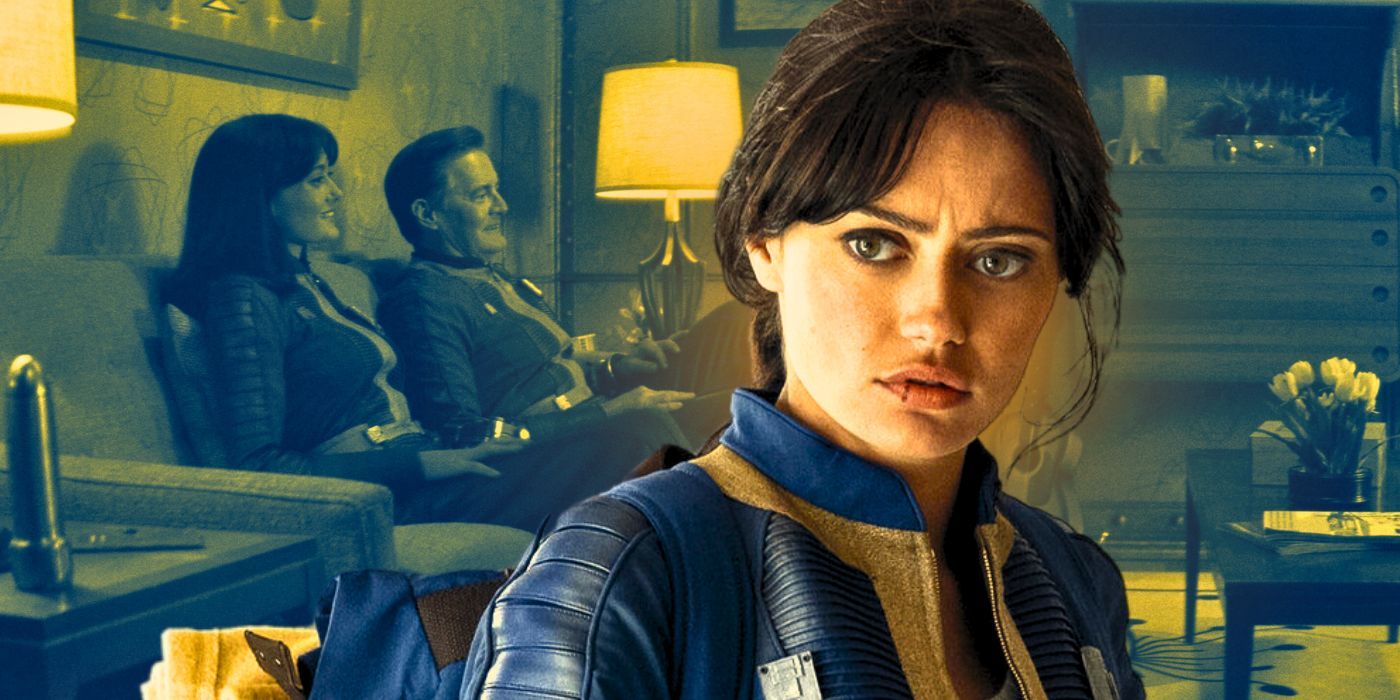
The world of Fallout leans heavily into the aesthetic of the United States in the 1950s, so much so that it seems American society before the apocalypse was stuck in that era. Fallout‘s nuclear apocalypse took place in the year 2077, but despite how far into the future the franchise is set, the United States still had many of the aesthetic elements of the 1950s. That aesthetic has become one of the franchise’s most iconic elements, but the world of Fallout uses it as much more than a simple stylistic choice.
Fallout‘s 1950s aesthetic can be seen throughout the show and games. The show’s pre-war scenes display it best, in the clothes characters like Cooper and Barb wore and the style of car they drove. The technology of Fallout also feels like it’s from the 1950s, given its CRT television sets and the big, bulky power armor used by the Brotherhood of Steel. Fallout‘s retro aesthetic actually serves a narrative purpose, though, and there are several reasons the franchise uses it so heavily.
Fallout’s ’50s Theme Explained (Despite Not Being Set In That Era)
It’s based on what people of the 1950s thought the future would look like

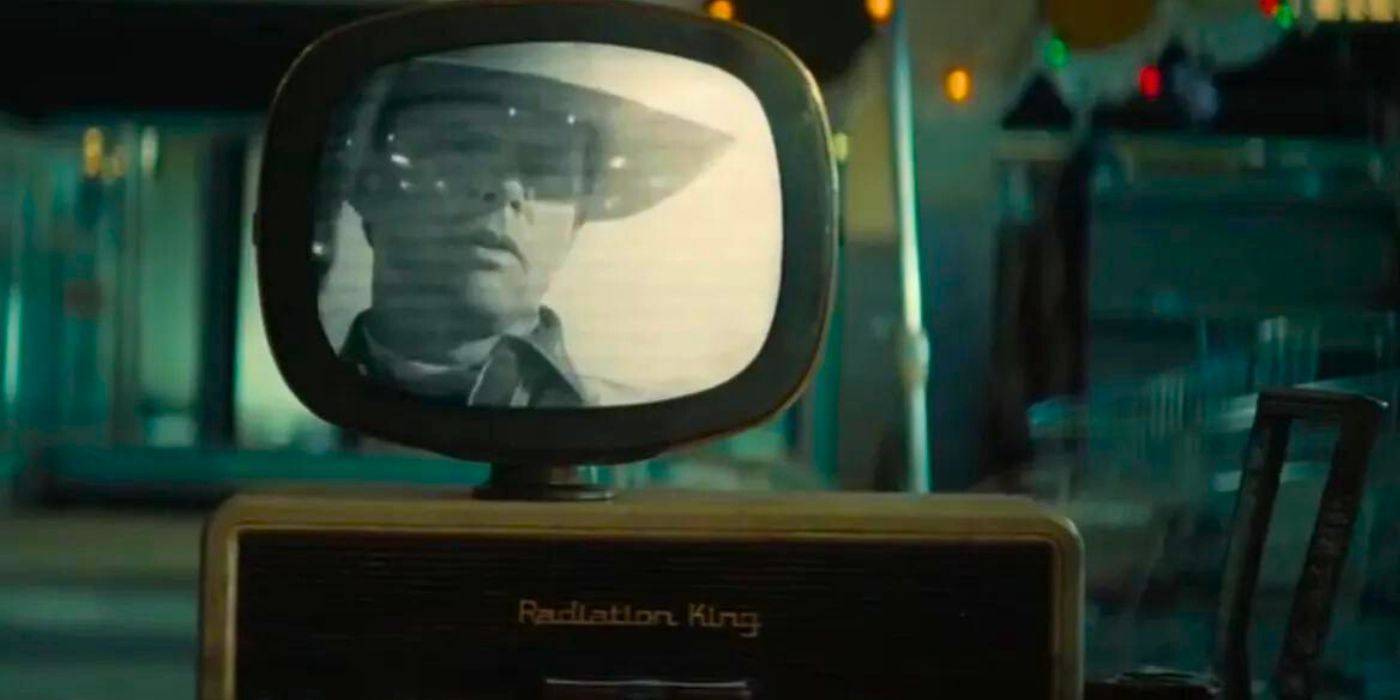
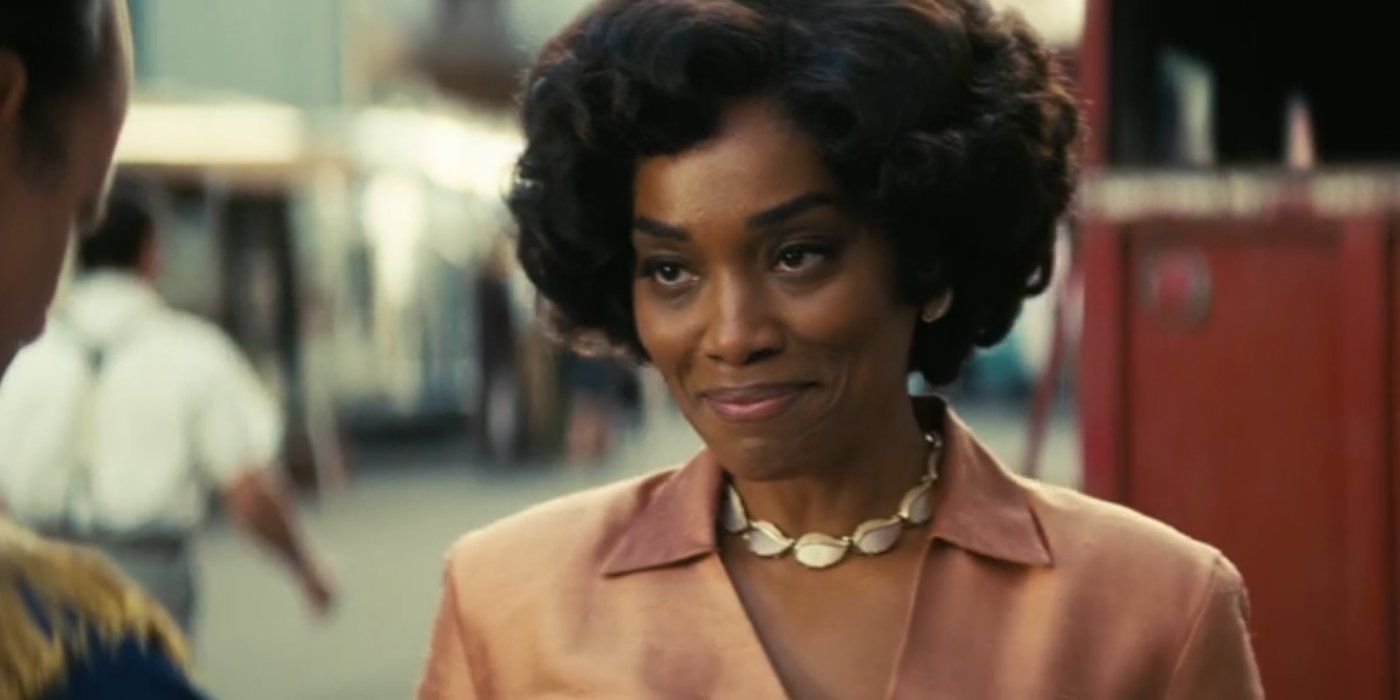
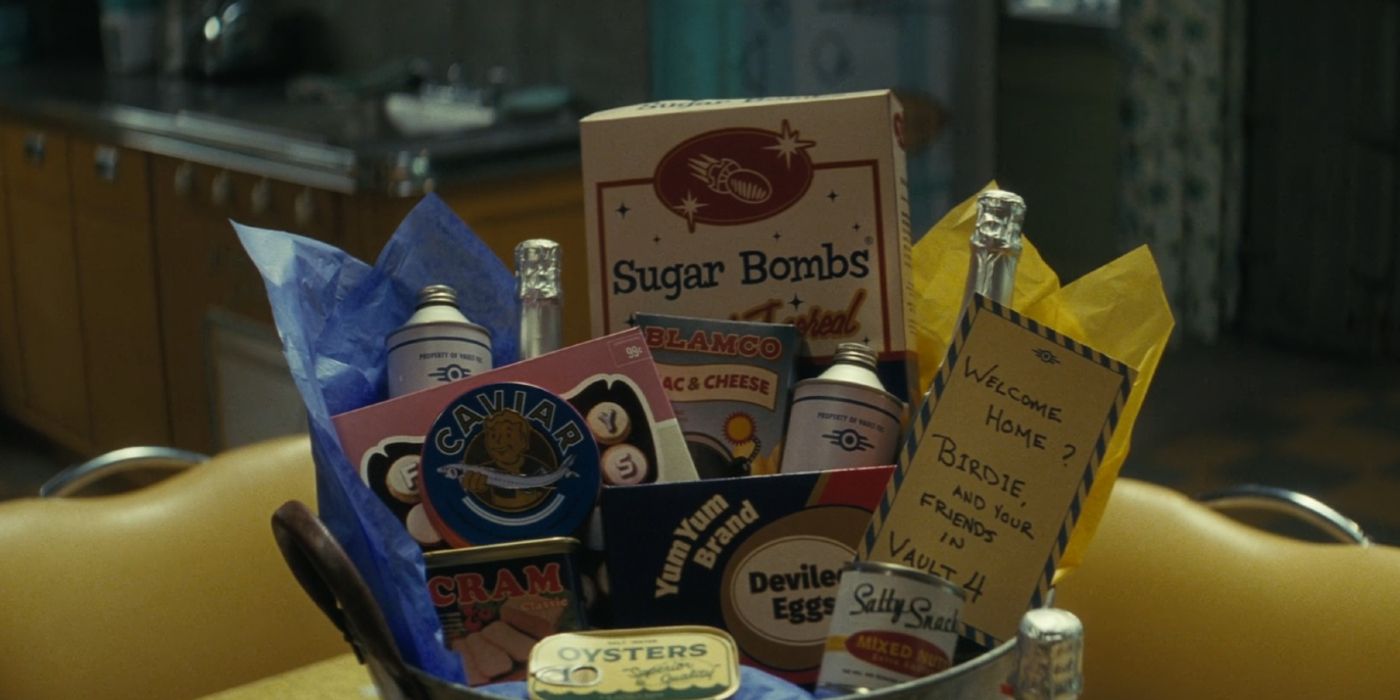
The main reason the world of Fallout looks like a continuation of the 1950s is because it’s designed to fit into a retrofuturistic aesthetic. Essentially, Fallout took what people of the past imagined the future might look like and made it so those predictions came true. Much of the reason those ideas of the future were proven wrong was because the world very quickly grew beyond the 1950s. In Fallout, though, American society never progressed past the 1950s. The Cold War never ended, and there were very few technological advancements beyond improvements to existing devices, so retrofuturistic imagery became a reality.
How Fallout’s Setting Takes A Satirical Approach With The 1950s Imagery
The franchise uses its setting to critique the dangers of nuclear weapons and capitalism
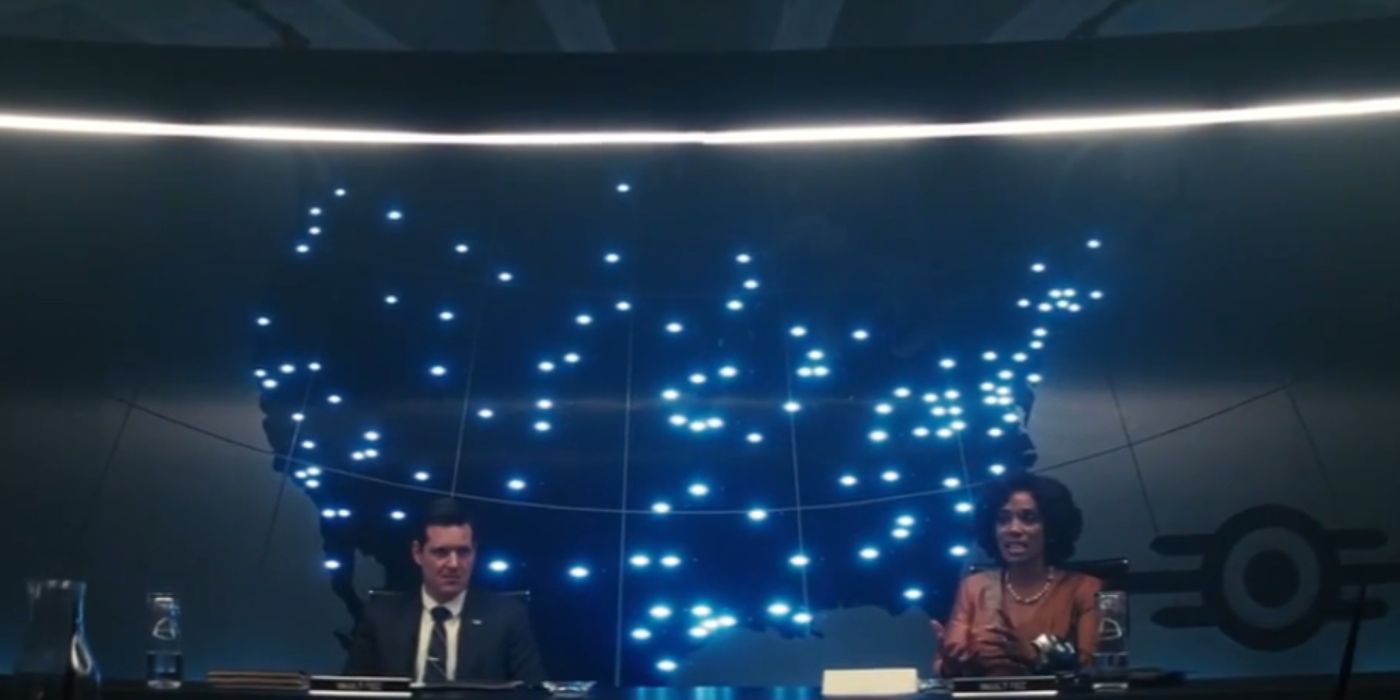
The franchise’s retrofuturism also plays into its satirical elements. Fallout has quite a bit to critique about American society and capitalism, and many of those elements were at their height in the 1950s. By mocking major elements of the 1950s, like the Red Scare over the perceived rise of Communism and the decade’s increase in consumerism, Fallout points out how capitalism can be both ridiculous and dangerous. Nothing showcases Fallout‘s critiques better than the pre-war companies like Vault-Tec who manufactured the apocalypse to increase their profit margins, which is an example of the dangers of capitalism taken to a ridiculous extreme.
The 1950s were a time when both capitalism and nuclear weaponry were very overt parts of American society. That makes it the perfect setting for the franchise, as it was much easier for Fallout to satirize such prominent parts of the decade. Fallout is often over-the-top in its satire, and its 1950s aesthetic perfectly matches the franchise’s extremity.





